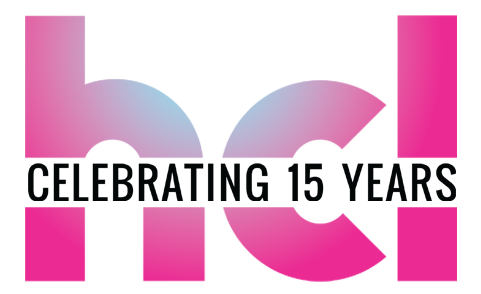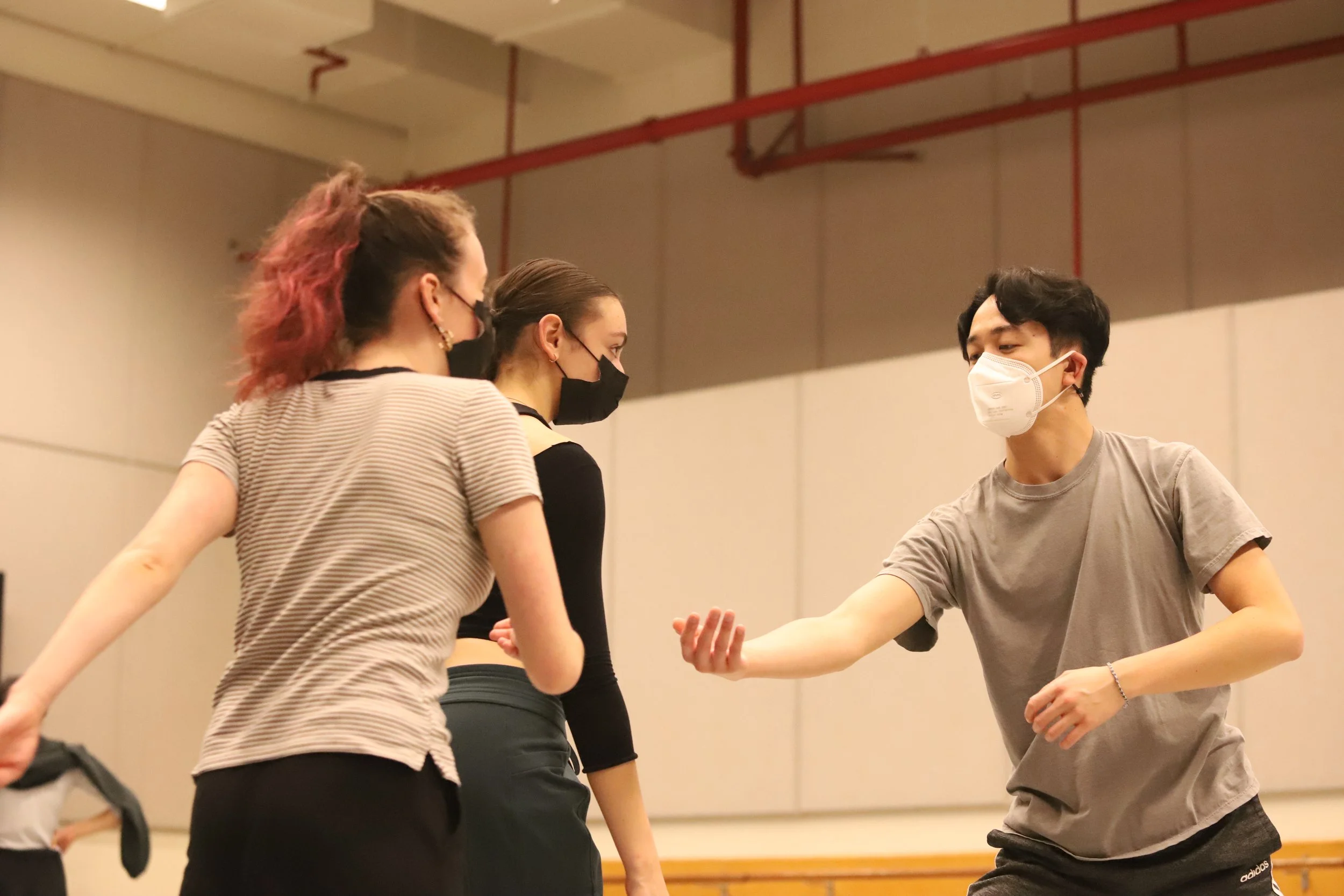HCL Interview Series: Bradford Chin
The HCL Artist Interview Series offers a behind-the-scenes look at the creative process, inspirations, and forthcoming projects of the artists within HCL’s residency programs.
Bradford Chin is a disabled dance artist & methodologist, DEIJ/Accessibility cultural strategist, and artistic audio describer. Their work pursues Disability Justice and collaboration toward investigating disability, ableism, and their impact on our artistry and world; centering disability as a richly generative lived experience that innovates our practices and expands our horizons; and better recognizing and honoring our collective humanity.
Bradford creates collaborative activist dance-based works that seek to shine light on the margins and envision the future. In seeking to center disability and propose new aesthetic paradigms, his work follows in the spirit of pioneers such as W.E.B. DuBois, Gloria Anzaldua, Judith Heumann, Patty Berne, and Ellice Patterson. Fall 2025, he joins the University of Wisconsin-Madison School of Education as an Assistant Professor in the Department of Dance while also remaining a Chicago-based dance artist.
High Concept Labs (HCL): In what ways does your work navigate concept, exploration, and execution?
Bradford Chin (BC): In my work, exploration is the execution. My work is about and informed by disability, and disability is messy and constantly fluctuating. Something I find valuable in the disabled experience is the permission to be imperfect and incomplete. If anything, embracing disability requires imperfection and incompletion. The work is never done because we are constantly learning about and shifting the ways in which we engage with ourselves, our bodyminds, and each other. That exploration is the work.
HCL: What place does experimentation and risk have in your practice?
BC: Something I’ve adopted from my disabled artist friends, Alison Kopit and Maggie Bridger, is this idea that our disability artistry is “proof of concept.” Figuring out how disability lives in and expands our current artistic practices is uncharted territory. We’re experimenting and figuring it out as we go along because there is no blueprint for doing this work. It means that sometimes, just like disability, things don’t go very smoothly or at all, and those moments of “failure” are opportunities to learn and expand–opportunities that only come about because we’re experimenting and taking risks.
HCL: How do you make use of time and space in your creative practice?
BC: In seeking to center and understand disability and ableism as constructs, my work is also informed by the concept of “crip time” as proposed by Alison Kafer. Through my work, I bring explicit attention to how constructions of time and space impact the ways in which we navigate and experience the world. The default conventions of time and space dictate that we operate in a paradigm of unachievable and unsustainable ideality, but we can exercise increased agency if we bring attention and intention to our interactions with time and space.
Photo by Mikey Mosher.
HCL: How do you see your work fitting into a broader ecosystem, and what role does collaboration play in your process?
BC: Collaboration is foundational to my creative process. Without collaboration, my works would either be much less imaginative or not exist at all. In the arts, there’s been much more conversation about providing accessibility measures for increased access to artistic experiences. Other disabled collaborators and artists and I are taking this conversation further and asking what role accessibility measures–and disability itself–can play in the creative process, not just for disabled audience members but for the sake of the art itself. Dance specifically has been going through a years-long reckoning with conventional practices and abusive dynamics in how we facilitate creative spaces (such as in single choreographer environments). The lessons my collaborators and I are discovering through our disability-centered work gives the dance world expanded potential blueprints for how we share power and engage in community care while also pushing the boundaries of our artistry.
Photo by Mikey Mosher
HCL: What artistic risks or experimental directions do you anticipate taking during the residency? How do you envision your work evolving?
BC: The continuation of my disability-centered explorations during this fellowship year is going to be a challenging opportunity for me to let go even more. Disability is messy, and this work is about how we move together because of, not despite, our differences. Lately, I’ve been trying to lean even further into Barthes’ idea of the death of the author/artist and create an environment where the audience/participants are also framed as collaborators who shape the artistic work and experience. The artistic risk or experimentation in this process for me is first facilitating a supportive, generative environment and then relinquishing my desire to control the experience based on what I want or think the outcome should be.
Learn more about Bradford’s practice: https://www.bradfordchin.com/






